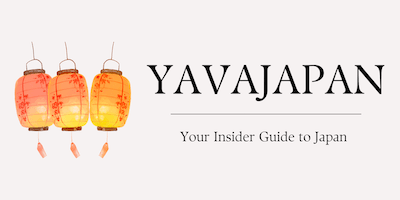Nothing could be a buzzkill like finding out that shops and attractions are closed because it’s a public holiday. In Japan, public holidays, known as 祝日 (shukujitsu), vary from New Year’s Day to cultural and historical commemorations (like Mountain Day or Sports Day. Because, well, why not). These holidays can be both an opportunity and a challenge for travelers.
What’s Usually Open During Public Holidays in Japan
Convenience stores like 7-Eleven and Lawson are your best friends on public holidays; they’re always open. Large shopping malls and many restaurants also keep their doors open for business.
When it comes to attractions, modern landmarks and museums typically remain accessible. For example, the Tokyo Tower and the Tokyo National Museum often stay open during public holidays. Public parks, such as Ueno Park and Shinjuku Gyoen, are also good spots to visit as they are generally open.
Shrines and temples generally have no closing days, especially not on public holidays when the number of local tourists is largest.
What’s Usually Closed During Public Holidays in Japan
Japan’s public holidays rhyme with shopping days, but some smaller, independent shops might be closed or have shorter hours. Government buildings, banks, and post offices are also usually closed, as well as most companies’s offices.
Public transportation operates but on a reduced schedule, similar to weekends.
Regarding popular spots, even though most stay open, it’s always best to check ahead if you have a particular place in mind. For example, the Tsukiji Outer Market – now in Toyosu – is often closed on public holidays.

Navigating Crowds on Public Holidays and What to Do
Think of a public holiday in Japan much like a weekend day when planning your activities. With more locals off work, most places are going to be busier than usual.
- Indoor Attractions: While places like museums and galleries are open, they’ll likely be more crowded. If you don’t mind the bustle, go for it; otherwise, you might want to schedule these visits for a regular weekday.
- Theme Parks: They’re an option, but prepare for longer lines and more people. Consider fast passes or off-peak hours if you’re set on this kind of outing.
- Shopping Centers: If shopping is on your list, brace for large crowds. Off-hours like early morning or later in the evening may offer a more comfortable experience.
- Day Trips: Popular getaways near the city will also see a surge of visitors. If solitude is what you’re after, you might need to venture a bit further off the beaten path.
So what to do instead? You might want to consider focusing on less frequented spots and activities. How about taking walking tours in lesser-known neighborhoods? Or discovering hidden gems in the city that aren’t usually crowded?
You can also think about booking tickets for popular attractions in advance to skip the lines, or opt for late-night visits when possible. With a bit of planning, you can still have a rewarding experience even on a busy public holiday!
New Year in Japan: What’s Open From January 1 to 3?
A special type of holidays you might watch out for though is the New Year holidays from January 1 to 3.
A lot of small shops and restaurants will be closed, even in big cities. Fortunately, convenience stores will be open. They always offer cheap bento and other type of easy-to-eat food in case of hung-emergency.
If you’ve planned on visiting a shrine or temple during New Year, expect big crowds. One of the most-followed tradition in Japan is called 初詣 (hatsumode), and it’s about going to a shrine or temple to pray for good fortune, get some new omamori (charms or amulets), and buy an omikuji, a small piece of paper that tells you your good fortune for the year to come (and if it is bad, you need to fold it and attach it to a pine tree or a wall with metal bars on the temple’s ground so that it counters the bad luck).
Don’t take me wrong though: this can be a great experience as you will be able to soak in Japanese culture. But you won’t be able to visit as you’d be able to on another day, especially Sensoji temple in Asakusa, Meiji Shrine in Shibuya, Narita-San in Narita, or Fushimi Inari-taisha in Kyoto. All of those (and many more) receive millions of visitors in the span of these 3 days.


Comments are closed.